5 Incredible Food Preservation Methods
The most important aspect of our food preservation methods is choosing the right one for the job. There are many different ways to preserve food, and each has its advantages and disadvantages. The best way to choose an appropriate food preservation method is to consider what type of food you are preserving, how long you need it to last, and what type of equipment you have available.
PLEASE invest in a reputable canning book, Ball Canning Book, or USDA Canning Guidelines
Canning Items I Recommend:
- Ball Canning Book
- USDA Canning Guidelines
- Water Bath Canner
- Ball Electric Water Bath Canner
- Presto Pressure Canner
- All-American Pressure Canner (because of the weight of this pressure canner, please confirm your stovetop can handle the weight)
- Excalibur Dehydrator
- Apple Peeler/Corer/Slicer
- Funnel and Canning Items
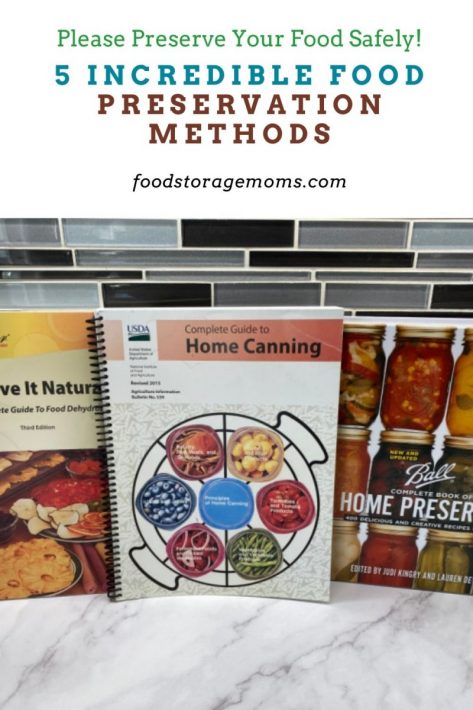
What is Food Preservation?
Food, by nature, is perishable without intervention. Fortunately, humans have been using various methods of food preservation for thousands of years to prolong the life and safety of our food.
Food preservation is the process of treating and handling food to stop or slow down the spoiling (decaying or decomposing). Food spoilage is caused by the growth of bacteria, yeasts, and molds which can cause illness if ingested.
5 Food Preservation Methods
There are many different food preservation methods, each with its own advantages and disadvantages. Some food preservation methods are relatively new, while others date back to ancient times. Over the years, we have refined the process and better understand the mechanisms. Here are the most common food preservation methods:
Canning
Canning is a process of sealing food in airtight containers (jars or cans) and boiling them to kill any bacteria or other microorganisms that might cause spoilage. Canning is an effective way to preserve food because it prevents oxygen from reaching the food. Like most organisms, bacteria needs oxygen to grow.
Canning Process
Before you begin canning any food, read the USDA’s Complete Guide to Home Canning and my Home Canning-Important Do’s and Don’ts!
- Choose the right canning method
There are two main methods of canning: water bath canning and pressure canning. Water bath canning is best for high-acid foods like fruits and pickles, while pressure canning is necessary for low-acid foods like meat and vegetables.
- Choose the right canning equipment
You’ll need a few basic pieces of equipment to get started, including a large pot, a canning rack, and jars with lids and bands.
- Prepare your food
Canning recipes will often call for prepping the food in a certain way, such as peeling or chopping vegetables. Make sure to follow the recipe carefully to ensure that your food is properly prepared.
- Process the jars
Once your jars are filled with prepared food, it’s time to process them. This involves placing them in the canning pot and boiling them for a set period of time. Make sure to consult your recipe for specific processing times since each food product is different.
Freezing
Freezing is the process of chilling food to very low temperatures (-18°C or 0°F) in order to keep bacteria from growing. Freezing is an effective way to preserve food because it prevents bacteria from multiplying.
How to Freeze Food
Freezing is a great choice if you want to preserve leftovers or pre-made meals. It’s also great for fresh veggies from your garden.
1. Choose the right container
Freezer-safe containers are made from materials that won’t crack or shatter when exposed to extreme cold. Freezer bags and plastic wrap are also good options.
2. Label and date your containers
This will help you keep track of what you have in your freezer and ensure that you use it before it goes bad. Sometimes it’s hard to tell what is in that bag or container once it freezes.
3. Fill your containers properly
Leave some space at the top of the container so that the food has room to expand as it goes through the freezing process.
4. Don’t overfill your freezer
Freezing food can take up a lot of space, so make sure you don’t overcrowd your freezer. This will help ensure that your food stays frozen and doesn’t spoil.
Pickling
Pickling is a process of preserving food in an acidic solution, such as vinegar or brine (saltwater). Pickling is an effective way to preserve food because the acid prevents bacteria from growing.
How to Pickle Foods
Pickling is a great way to extend the shelf life of your favorite fruits and vegetables. The pickling process involves immersing the food in a vinegar or brine solution, which preserves the food and gives it a unique flavor.
- Choose your fruits and vegetables
First, choose the fruit or vegetable that you want to pickle. Asparagus, beets, bell peppers, blueberries, cauliflower, carrots, cherries, fennel, ginger, grapes, green beans, mushrooms, onions, parsnips, peaches, peppers, radishes, ramps, rhubarb, strawberries, squash, tomatoes, and turnips can all be pickled.
- Prepare your solution
Next, prepare the pickling solution, consisting of vinegar, water, salt, and spices. The basic ratio for pickles is 1:1 vinegar to water and some combination of salt and/or sugar. Another common ratio is 3:2:1. So three parts vinegar, two parts water, and one part sugar.
- Sterilize the jars
Once the pickling solution is ready, sterilize your jars and lids by boiling them in water for 10 minutes.
- Fill the jars
Then, carefully place the fruit or vegetable in the jars, making sure to pack them tightly.
- Cover with solution
Finally, pour the pickling solution over the fruit or vegetable until it is completely covered, then seal the jar with a lid. PICKLING IS FOR REFRIGERATION ONLY. Please do not put these jars on your pantry shelf. If you decide to process these jars you must follow the BALL Canning or USDA Canning Guidelines.
Drying/Dehydrating
Drying is a process of removing moisture from food, which makes it difficult for bacteria to grow. Drying is an effective way to preserve food because the lack of moisture prevents bacteria from multiplying. Dehydrating foods is a great way to create shelf-stable foods that can last for months, or even years.
How to Dehydrate Food
Fruits and vegetables are most commonly dehydrated. I’ve dehydrated apples, bananas, kale, watermelon, and Basil, to name a few.
- Choose fresh, ripe fruit or vegetables
Make sure they are free of blemishes or bruised spots. If you’re using frozen fruits or vegetables, thaw them completely before dehydrating.
- Cut the produce into uniform pieces
You want pieces that are no more than 1/2-inch thick. If the pieces are too thick, they’ll take too long to dehydrate; if they’re too thin, they may dehydrate unevenly or even burn.
- Put on dehydrator racks
Place your fruit or vegetables on the dehydrator racks, making sure that they don’t touch each other. If necessary, use multiple racks to ensure good airflow around all the pieces.
- Turn on the dehydrator
Set the dehydrator to the recommended temperature for the type of fruit or vegetable you’re drying. For most fruits and vegetables, this temperature is between 135 and 145 degrees Fahrenheit.
- Check on the produce
After the recommended drying time has passed, check the produce. If necessary, flip the pieces over and continue dehydrating until they’re completely dry.
- Store properly
Store the dried fruit or vegetables in an airtight container. For best results, use them within 6-12 months. Please remember, that they don’t have preservatives.
Fermenting
Fermenting is the process of using bacteria to preserve food. The bacteria convert the sugars in the food into lactic acid, which prevents other bacteria from growing. Fermenting is an effective way to preserve food because the lactic acid inhibits the growth of other bacteria.
How to Ferment Food
Almost any vegetable can be fermented, but if you want to ferment anything else, make sure to do your research.
- Choose your fermenting vessel
A mason jar or crock container works well.
- Pick your fermenting food.
Cabbage makes great sauerkraut, but you can also ferment carrots, beets, or other vegetables.
- Shred and chop the food
Shred or chop your food to be fermented and add it to the vessel.
- Add Salt
Add some salt. Salt helps to preserve the fermenting food and is a necessary step.
- Fill with water
Fill the vessel with water, leaving about an inch of headspace at the top.
- Cover the vessel
Cover the fermenting food with a cloth and secure it with a rubber band.
- Ferment the food
Ferment the food for about 2 weeks (leave it in the vessel), checking on it occasionally to make sure everything is going well.
- Store properly
After 2 weeks, transfer the fermented food to a new container and store it in the fridge. Fermented foods will keep for several months in the fridge!
In case you missed this post, Why You Should Stock Sauerkraut
Advantages and Disadvantages of Common Food Preservation Methods:
Each food preservation method has its own advantages and disadvantages.
- Canning-This is an effective way to preserve food, but it requires specialized equipment and can be time-consuming.
- Freezing- Freezing is easy and convenient, but it can cause freezer burn if not done correctly.
- Pickling- This is a great way to add flavor to food, but it can make food too salty for some people.
- Drying-Drying or dehydrating is a simple and effective way to preserve food, but it can take a long time depending on the moisture content of the food product and the temperature setting of your unit.
- Fermenting-This is a great way to preserve food and add flavor, but it requires special care to prevent contamination.
Final Word
There are many different ways to preserve food. The best method for you will depend on your needs and preferences. Be sure to do your research before you start preserving food so that you can choose the best method for your situation! Always use a recipe to ensure you are preserving your food correctly, that’s why I always have my preservation instruction books handy! May God Bless this world, Linda

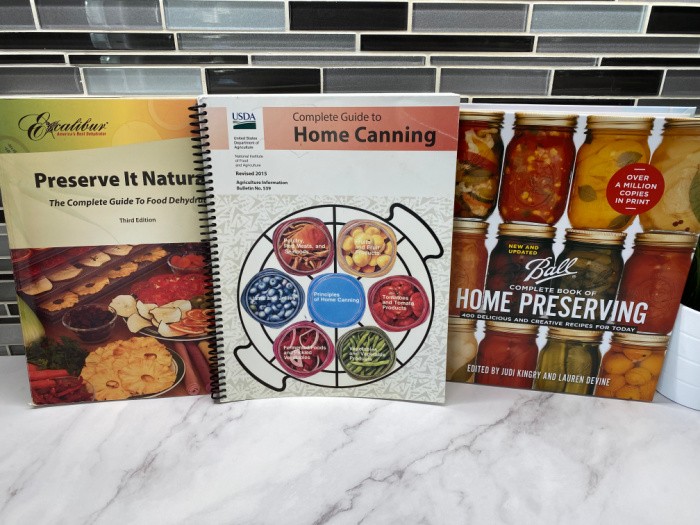

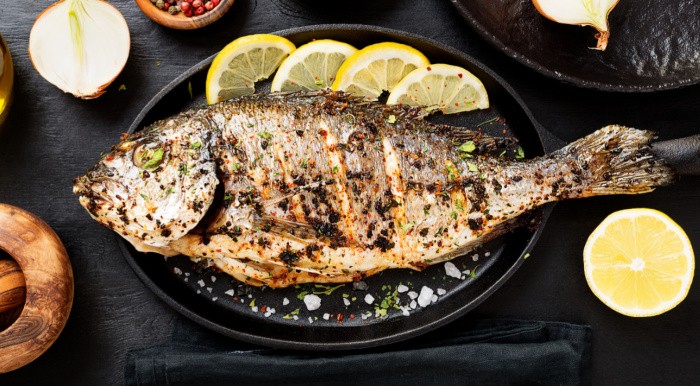
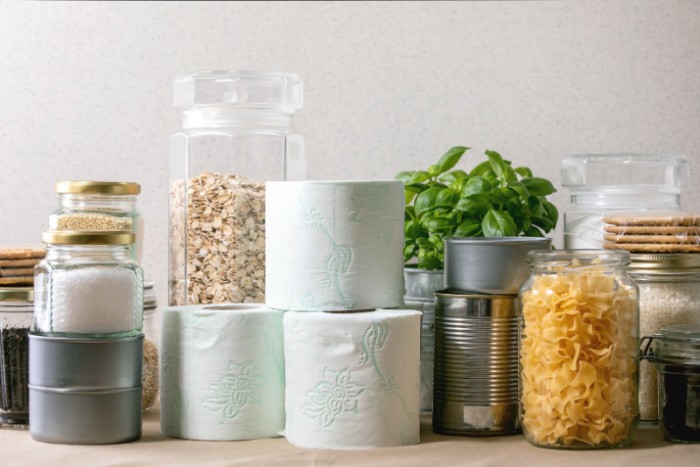
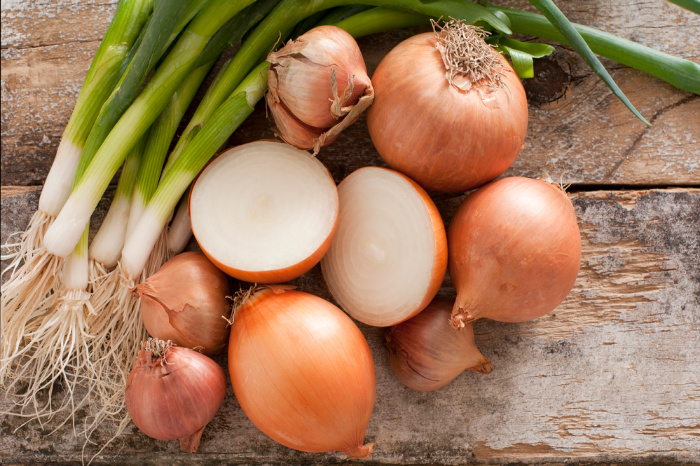
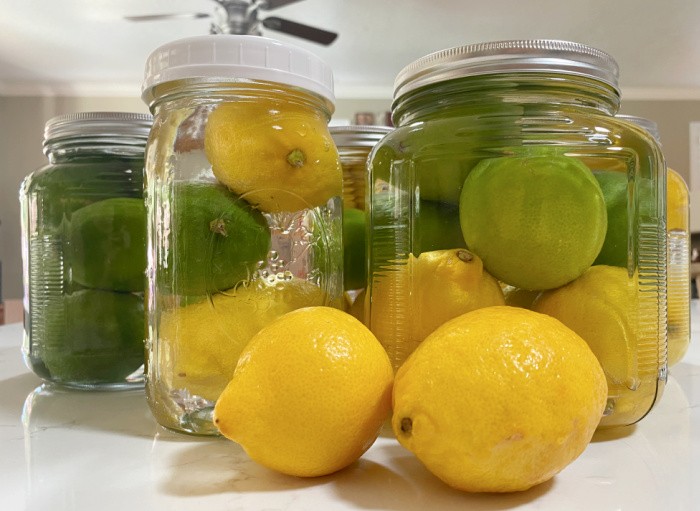
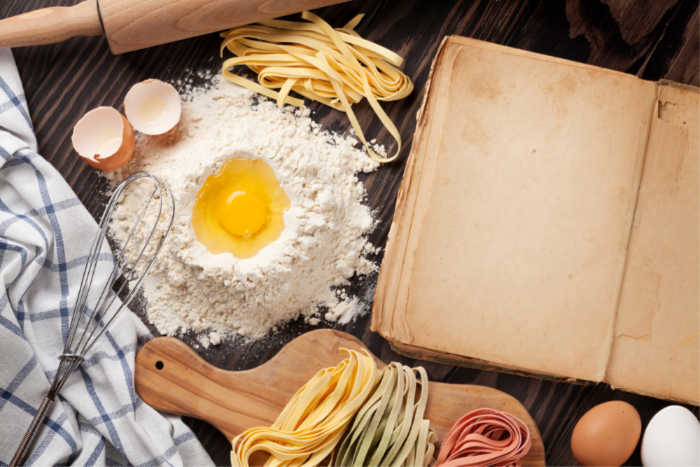
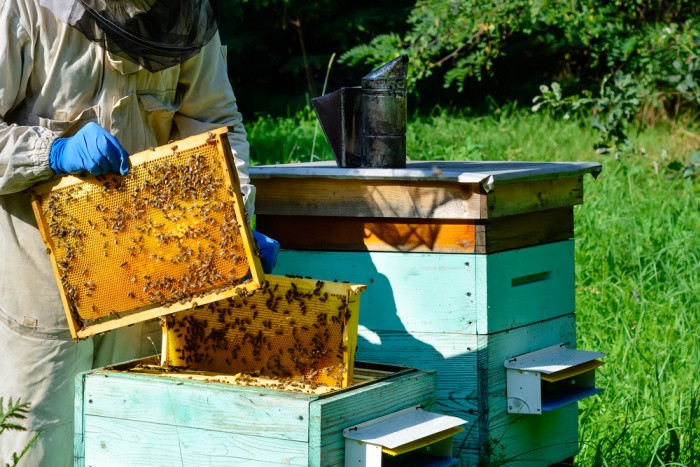









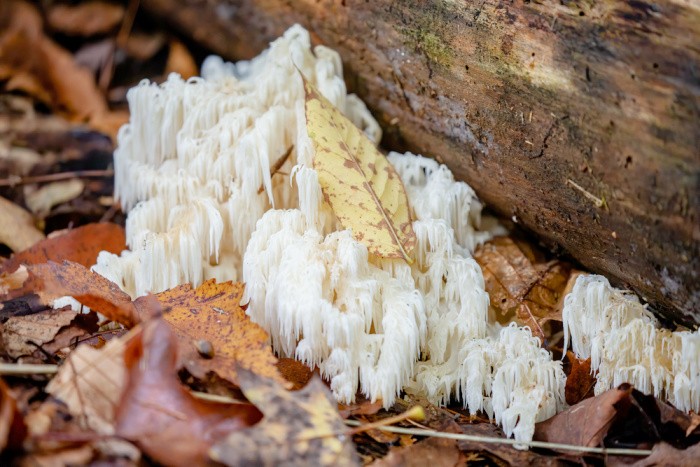




I have made a good amout of piccalily is my favorite. sorry my spelling is really bad being dislexic does not help. but if i worry about that i do not write at all. iwas interested and will have to read it again.
But i really want to ask you if i could have a good easy soda bread recipe.
i have made all our bread for the last 4 0r 5 years. but soda bread has got my interest.. but not getting a full recipe if I am asking too much then sorry and we can forget it. thank you either way David Brawn
Hi David, I have made soda bread and have a post and video for you. Enjoy! Linda https://www.foodstoragemoms.com/soda-bread-step-by-step-how-to-make-it/
Great post, Linda. I have a pressure canner, well several. And a water bath canner. And a couple of dehydrators, but not an Excalibur. I would love to have a freeze dryer, but it’s not in the budget.
Hi Deborah, ditto, a freeze dryer is not in my budget. I’m too old to recoup the cost! LOL! I admire those that have them! Linda
Linda, my favorite dehydrated food is beef jerky. Just have the butcher slice it and add salt and garlic or some kind of marinade. Then dry till chewy or rock hard. I dry mine to chewy and store in zipper bags in the freezer and it keeps a long time–if we do not eat it all first 😉
Hi Jan, ooh my gosh, I need to do this!!! We love jerky! I have only made hamburger jerky and I stored it in the freezer as well. I have got to do have the butcher slice it!! Love it!! Linda
I prefer dehydrating…many things.. it reduces the amount of space required to store.Including the number and type of jars..( for dehydrated foods i can re use non standard jars.)if processed properly, dry enough and silica and oxygen absorbers utilized/ or food saver vacumed… I have made teriyaki jerky using beef., if it is dried dry enough it SNAPS,and is stored with a silica pack and oxygen absorber it will keep for years.IF it is not crispy put it in freezer… that is not my cuppa, i dehydrate things so they are shelf stable- not so i can put in freezer- but that is just me. If i am going to trouble to can /jar something in process i am not putting it in freezer. if not shelf stable it does not go in glass.in freezer..for us that would be a good way to have frozen broken glass in there.
I use dehydration most often for veggies.. the okra is better after dehydration than fresh- most of the slime, is gone once it is rehydrated… it takes about 75 minutes to fully rehydrate in warm water and can be treated/used as fresh.we usually fry it. if needed in gumbo it can be crushed for quicker rehydration…. OR it can be eaten for a crunchy snack fresh from the jar… again dehydrated foods must be so dry they snap when broken… carrots, string beans, and sweet peas are other favorites.. if something is hard to rehydrate… i will put in spice grinder. and powder for creamed soups. and or thickening agents in soups and stews..
when i get foods that are nearing their best dry dates in cans i drain them and dehydrate. and use them for soup blends.
.Remember when you dehydrate and go to use a dehydrated product it will double in size. to have a cup of a veggie one would require a half cup of dehydrated…generally
Meats triple in volume from dehydrated to fresh… Just as to get a full pound of Jerky you need to begin with 3 lbs of meat.
Celery and mushrooms are two of our seasoning favorites.. dehydrating and powdering them takes care of those who have texture issues with mushrooms. and adds a fullness to spaghetti sauces and stir fry’s…and minimizes the amount needed to add desired flavorings.
I have seen info on freeze dryer and some say they re-couped their money in first year. It is on my want list but low on the priority list.
Hi Denise, Great tips on dehydrating foods. I love dehydrating more than anything else. It’s so easy for me to do and store. I have seen the statements on recouping the cost of the freezer dryer in one year. It’s low on my want and priority list. With the price of food, I can’t calculate saving the expense in one year but that’s me. I’m glad I have plenty of freeze-dried food purchased when the price of food was minimal compared to today. Life is good when we can store the food we preserve ourselves. Linda
I have canned, pressure canned, frozen and dehydrated. I would like to make a root cellar sometime if I live long enough. Thanks for more instructional advice.
My 10 year old grandson has developed an interest in dehydration. He was just laying the hebs on cardboard to dry. I taught him how to make a wooden herb dryer to hang but also the dehydrator. He was amazed that his peppermint leaves are still not dry by the hanging or air dry methods but after 45 minutes in the dehydrator they were. This summer I’m going to teach him more about the be process with jerky, potatoes and apples. Then, hell talk his parents into buying a dehydrator of his own rather than borrowing mine!
His mom now has all the tools to can do she will be doing that this summer and hopefully having her kids learn like I did growing up.
I taught my daughter how to make sauerkraut this spring as well.
Daughter already makes her own kombucha and sourdough bread so I’m thinking she is on a roll with her preservation of foods.
Hi Leanne, oh your example is coming through!!! Squeal! You know I love hearing a grandchild loves to learn about food preservation! Your daughter is rocking as well! I LOVE THIS!!! Linda
Leanne, Don’t forget to teach him how to lime eggs( for unwashed./eggs w/ bloom. I am using 2 gallon buckets as i have avail. common instructions is one ounce pickling lime to one qt water. Mix additional each time eggs are added. til full.( stirring eggs to make water cloudy and evenly mixed causes broken eggs=not good. LOL ask me how i know. and also to dehydrate them if you happen to have extra .
The best way i have found to dehydrate is to scramble in a nonstick DRY skillet,with nothing in/on them til just done, dice with spatula as small as possible , dehydrate at 140 degrees, til hard like small rocks. then grind in spice grinder til like cornmeal. pack in oxygen free pints.With oxygen absorber.. ( think was about 2.5 dz to a pint.packed.) they can be used for baking, scrambled eggs, also OKRA and summer/zucchini squash are great dehydrated. The squash can be used as veggie chips with dip and are sweet. Okra can be used rehydrated as fried, or crushed to add to soups, stews and gumbo.. I have done cucumbers dehydrated, i ended up adding them to a stir fry. Be sure to mark them they look exactly like zucchini.. LOL